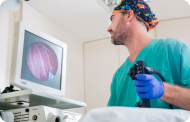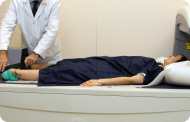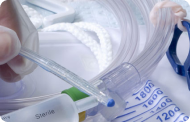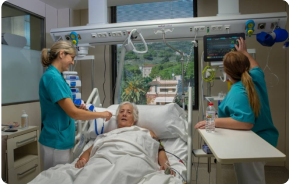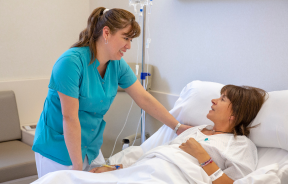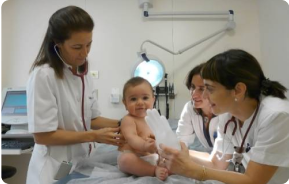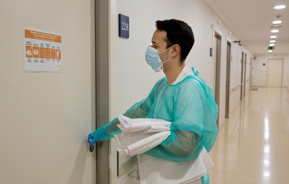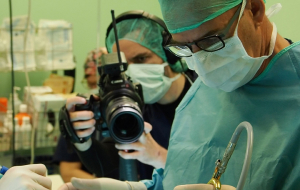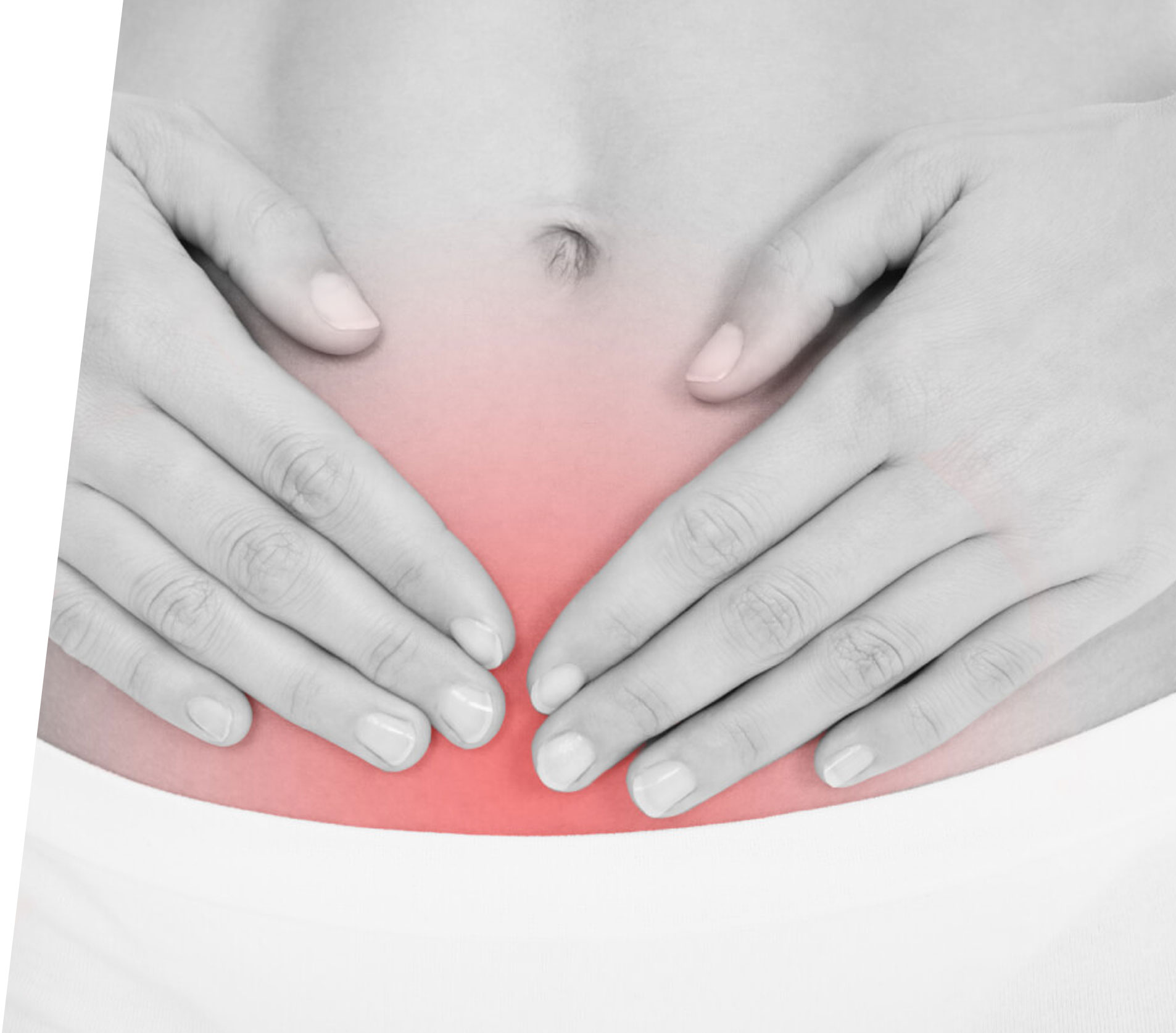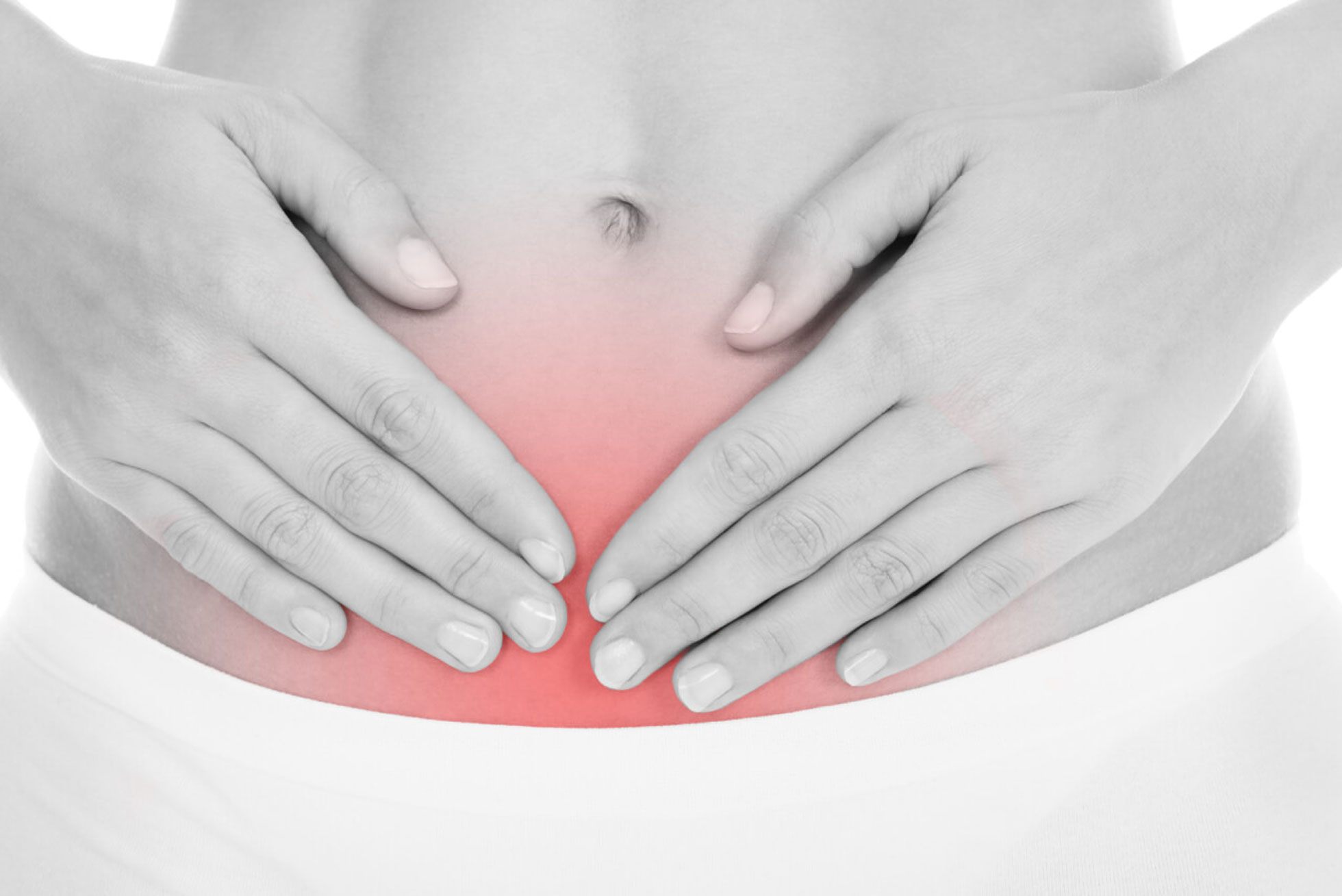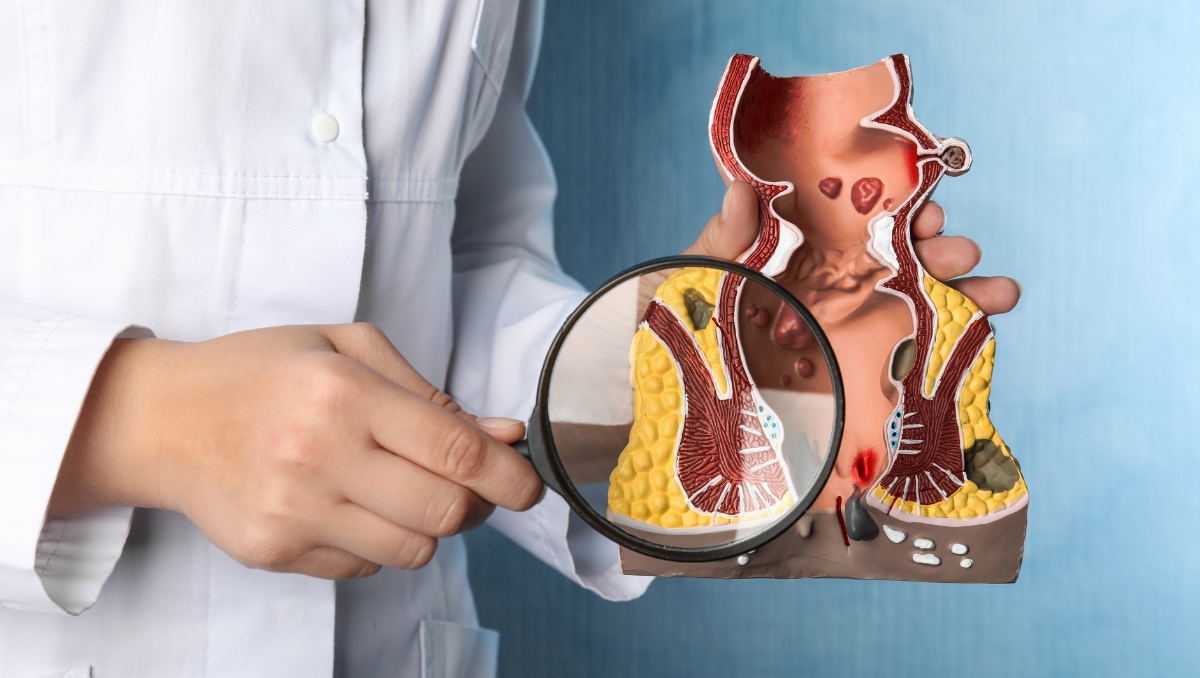Descripción
The Human Papillomavirus (HPV) Functional Unit at Centro Médico Teknon comprises a multidisciplinary team of healthcare professionals dedicated to improving the diagnosis, treatment, and follow-up of HPV infections.
Managing this type of pathology involves working in a cross-disciplinary manner in the following areas:
- Gynaecology
- Urology/Andrology
- Dermatology
- Coloproctology
- Otorhinolaryngology
- Paediatrics
- Psychology
- Oncology
Human Papillomavirus (HPV)
The Human Papillomavirus, known by the acronym HPV, is considered the most common sexually transmitted disease in the world for both sexes. In fact, it is estimated that more than 80% of sexually active people will come into contact with HPV.
The term HPV refers to a group of more than an estimated 200 interrelated viruses. Around 40 affect the genitals. Each year, 570,000 new cases of HPV-related cancers are diagnosed in women and 60,000 in men worldwide. Given this reality, it is important to raise awareness of the importance of prevention and early detection.
How is an HPV infection contracted?
Viruses that infect the genital area are spread through genital contact. Most HPV infections show no signs or symptoms, which is why infected individuals are generally unaware of it, even though they can still transmit the virus to their sexual partners. In some cases, it can be transmitted to the newborn through the birth canal if the mother is infected.
The symptoms
Warts located in different parts of the body can be a symptom, but most cases are asymptomatic.
There are two categories of sexually transmitted HPV.
- Low-risk HPV can cause warts on the genitals, anus, mouth or throat, or around these areas.
- High-risk HPV can cause various types of cancer: of the cervix, the anus, the mouth and throat, the vulva, the vagina, or the penis.
HPV and cancer
HPV causes virtually all cases of cervical cancer, around 90% of anal cancer, 75% of vaginal cancer, about 60% of penile cancer, 70% of vulvar cancer, and between 5% and 70% of oropharyngeal cancer (including the tonsils). It is also linked to approximately 100% of anogenital warts.
Treatment
Most HPV infections clear up on their own and do not cause cancer. But sometimes infections last longer. A high-risk HPV infection can cause changes in cells when it lasts many years. If these changes are not treated, they can worsen over time and develop into cancer. There are various treatments that do not involve medication.
Can it be prevented?
Sexual behaviour, early sexual activity, and the number of sexual partners determine the risk of infection. Proper use of latex condoms reduces the risk of contracting the infection, while vaccines can protect against several HPV types, having demonstrated great efficacy and effectiveness in preventing infection and benign and premalignant lesions related to this virus.
For prevention, gynaecological and urological visits are recommended to detect and treat any possible precancerous lesions.
Pap smears
Because early-stage cervical cancer causes no symptoms, women must undergo regular screening tests in order to detect any precancerous changes in the cervix that could lead to cancer. Current guidelines recommend that women aged 21 to 29 have a Pap smear every three years.
Women aged 30 to 65 are advised to continue having Pap smears every three years, or every five years if they also have HPV DNA testing at the same time. Women over 65 may stop having screening tests if they have had normal results in three consecutive Pap smears or if they had two HPV DNA tests and Pap smears without abnormal results.
HPV Vaccine
Gardasil 9 is an HPV vaccine approved by the US and European Medicines Agencies that can be used for both males and females. The vaccine protects against genital warts and precancerous and cancerous lesions affecting the cervix, vulva, vagina, and anus caused by the HPV types included in the vaccine.
The Centres for Disease Control and Prevention (CDC) recommend routine HPV vaccination for children aged 11 and 12, although it can be started from age 9. It is best for children to receive the vaccine before they have sexual contact and are exposed to the human papillomavirus. Research shows no link between receiving the vaccine at an early age and the early onset of sexual activity.
When someone is infected with the human papillomavirus, the vaccine is more effective at a younger age than an older age. However, if administered before infection, the vaccine can prevent cervical cancer.
The Centres for Disease Control and Prevention recommend that all children aged 11 and 12 receive two doses of the HPV vaccine at least 5 months apart. Children aged 9 and 10, as well as adolescents aged 13 and 14, can also receive the vaccine according to the updated two-dose schedule. Research has shown that the two-dose schedule is effective for children under 15 years of age.
Adolescents and young adults who start the vaccination series later require three doses of the vaccine from the age of 15.
The Centres for Disease Control and Prevention recommend catch-up human papillomavirus vaccinations for all individuals up to 26 years of age who have not been adequately vaccinated.
The United States Food and Drug Administration recently approved the use of Gardasil 9 for males and females from 9 years of age with no upper age limit.

Health and Wellbeing Blog
Our team is at your complete disposal.
![]() Centro Médico Teknon
Centro Médico Teknon
Carrer de Vilana, 12, 08022 Barcelona
![]() Opening hours
Opening hours
Open 24 hours
![]() Phone Numbers
Phone Numbers
932 906 200
900 301 013






